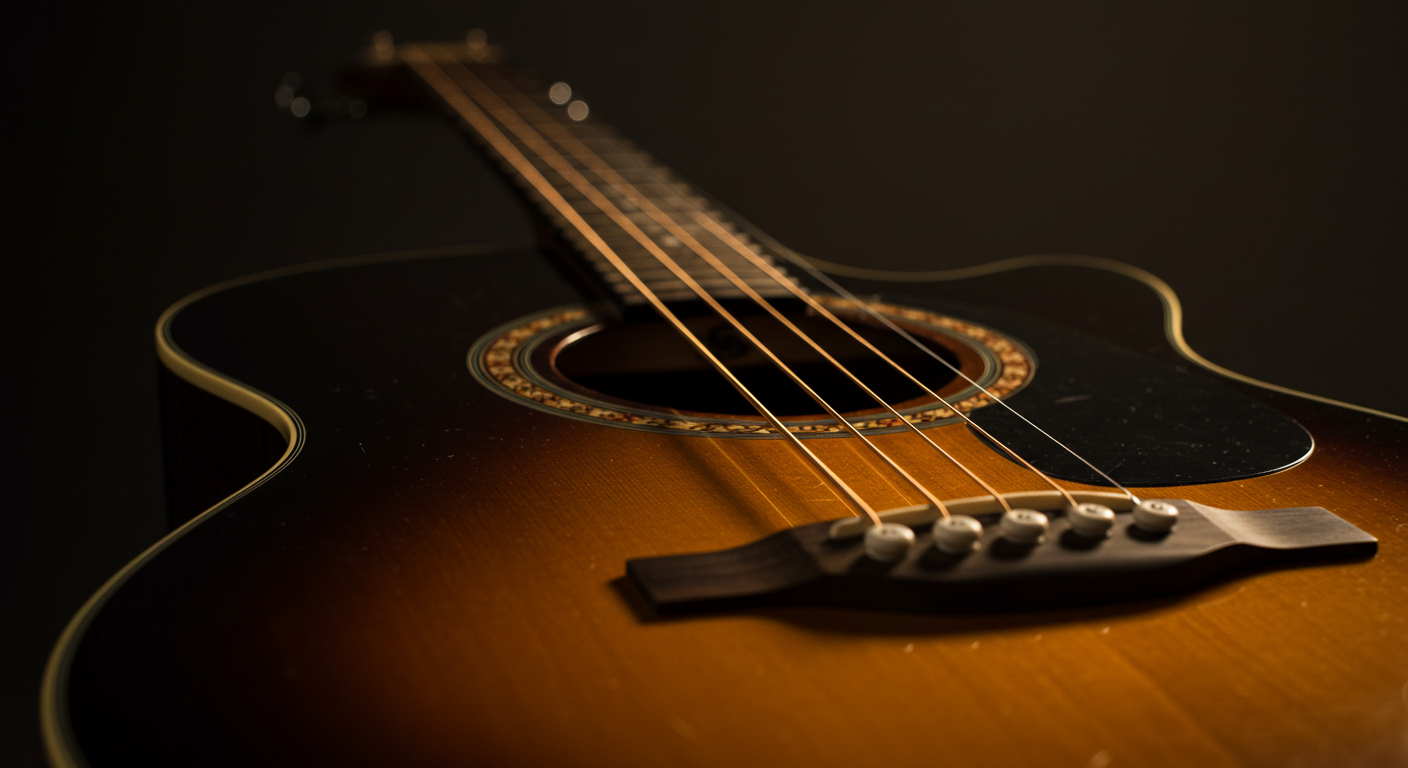Learning to play guitar can feel overwhelming for many beginners. You might wonder if you need expensive gear to sound good, or worry about choosing a guitar that fits your style. But here’s the good news: you can start your musical journey with a beginner-friendly acoustic guitar that won’t break the bank. In this article, we’ll explore the best acoustic guitars for beginners, highlight key factors to consider when choosing your first guitar, and give you the confidence you need to begin strumming with ease.
What We'll Cover
- Why an Acoustic Guitar Is Great for Beginners
- Key Factors to Consider When Buying an Acoustic Guitar
- Top 5 Best Acoustic Guitars for Beginners
- Frequently Asked Questions
- How Do I Know If the Guitar Action Is Good for Beginners?
- Do I Need Any Special Accessories as a Beginner?
- Is It Worth Buying a More Expensive Guitar Right Away?
- Can I Teach Myself Using Online Resources?
- Should I Choose a Steel-String or Nylon-String Acoustic?
- Conclusion
Why an Acoustic Guitar Is Great for Beginners

Starting your musical journey on an acoustic guitar has several advantages. First, acoustic guitars are straightforward. You don’t need an amp, cables, or extra equipment to produce sound. You can simply pick it up and play. Second, the skills you learn—proper finger placement, chord structures, and strumming techniques—translate well to other types of guitars, like electric or classical. Finally, acoustics are wonderfully portable. Whether you’re practicing at home or joining a casual jam session with friends, an acoustic guitar is easy to bring along.
The best acoustic guitars for beginners typically come in various body shapes and sizes, from dreadnought to concert and smaller travel guitars. Picking one that suits your comfort level can make practicing more enjoyable. Beginners who feel comfortable holding their guitar tend to practice more often and progress faster.
According to a 2021 musical instrument sales report by Statista, over 2.7 million acoustic guitars were sold in the United States alone. This popularity is partially due to their versatility and ease of learning. The acoustic guitar’s long history, which dates back centuries, has made it one of the most beloved instruments worldwide (Wikipedia).
Key Factors to Consider When Buying an Acoustic Guitar
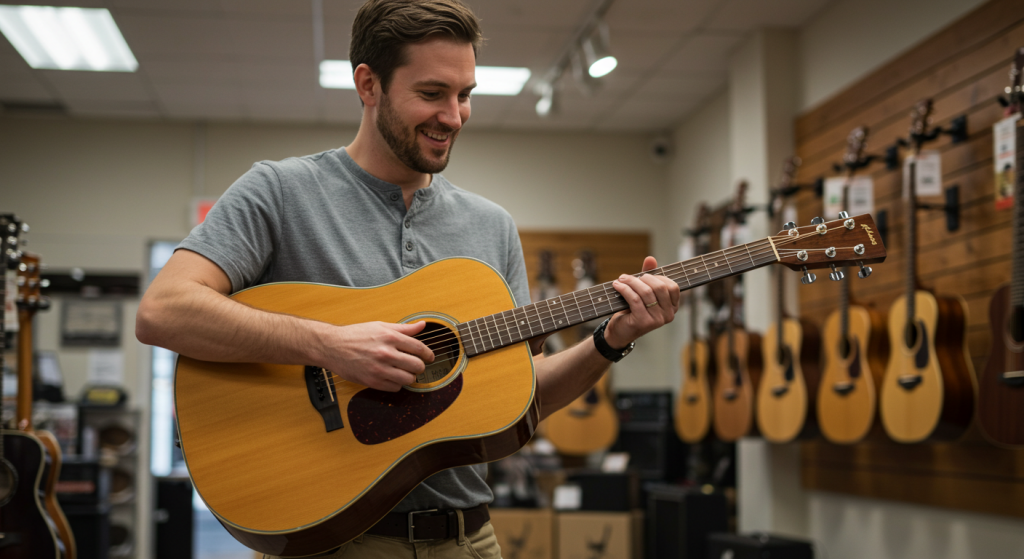
Before diving into the best acoustic guitars for beginners, let’s look at a few key factors you should keep in mind. These considerations will help you make a well-informed decision.
1. Guitar Size and Body Shape
- Dreadnought: Known for a full, balanced tone and louder projection.
- Concert/Grand Concert: Slightly smaller in body, offering a bright sound and comfortable fit for smaller players.
- Parlor: Compact design, ideal for portability and players with shorter arms.
2. Tonewood
Different woods impact the overall sound and resonance of the guitar:
- Spruce: Common for guitar tops due to its balanced tone and durability.
- Mahogany: Offers a warm, mellow tone often preferred by singer-songwriters.
- Rosewood: Deep, rich sound with strong bass presence, often used for the back and sides.
3. Action and Playability
Action refers to the height of the strings above the fretboard. A lower action makes it easier to press down the strings, which is crucial for beginners building finger strength. High action can be more challenging and discouraging, especially for new players.
4. Budget
You can find beginner acoustic guitars ranging from $150 to $500. Many well-known manufacturers produce “entry-level” lines without compromising on essential features. Be mindful that a bargain basement guitar might come with setup or durability issues. Always test before you buy or choose a reputable brand to ensure quality.
5. Extras
Consider accessories like a guitar strap, tuner, and extra strings. These small items can significantly improve your overall learning experience.
Top 5 Best Acoustic Guitars for Beginners
Below is a curated list of the best acoustic guitars for beginners, covering different price ranges and body types. Each one offers something unique, so you can find the guitar that resonates with you—both literally and figuratively.
| Guitar Model | Approx. Price | Body Shape | Tonewood | Key Feature |
|---|---|---|---|---|
| Yamaha FG800 | $199 – $229 | Dreadnought | Solid Spruce | Renowned durability & tone |
| Fender CD-60 | $199 – $249 | Dreadnought | Spruce/Mahogany | Easy playability, classic design |
| Epiphone DR-100 | $129 – $169 | Dreadnought | Spruce/Mahogany | Balanced sound, budget-friendly |
| Taylor Academy 12 | $499 – $599 | Grand Concert | Solid Sitka Spruce/Mahogany | Comfortable armrest feature |
| Ibanez AW54 | $299 – $349 | Dreadnought | Solid Mahogany | Warm, rich tone |
1. Yamaha FG800

Solid sitka spruce top
Nato back & sides
Rosewood fingerboard
Rosewood bridge
Diecast tuners
This guitar has an adjustable truss rod
The Yamaha FG800 is often recommended for beginners because of its solid spruce top, which provides a bright, balanced sound. It’s also praised for its reliability. Even if you decide to upgrade later, the FG800 remains a solid backup or travel guitar.
2. Fender CD-60

Dreadnought body style
Solid spruce top with scalloped "X"-bracing, mahogany back and sides
Gloss-finish mahogany neck with 20-fret walnut fingerboard
Walnut bridge with compensated saddle
Includes...
Fender is a legendary brand in the guitar world, and the CD-60 delivers a blend of quality and affordability. Players often praise its comfortable neck and clear projection. If you’re looking for a timeless look and dependable performance, this model could be your go-to.
3. Epiphone DR-100

Additional Details: SlimTaper C-profile neck, Epiphone Sloped Dovewing headstock, and Premium Die Cast tuners
Neck:Okoume, glued
Hardware is made up of Nickel
Mahogany body
The Epiphone DR-100 is a crowd favorite for its budget-friendly price and consistent quality. Despite its lower cost, it offers a well-rounded sound with enough volume for small performances or casual strumming.
4. Taylor Academy 12

6-string Acoustic Guitar with Spruce Top
Ebony Fingerboard - Natural
Walnut Back Sides
Maple Neck
Taylor Guitars introduced the Academy Series with beginners in mind. The Academy 12 features an armrest, making it easier on your picking arm during long practice sessions. While it’s on the higher end price-wise, the playability and craftsmanship often justify the cost for those willing to invest.
5. Ibanez AW54

Dreadnought body
Solid mahogany top
Mahogany back & sides
Mahogany neck
Rosewood bridge and fretboard
Crafted with a solid mahogany top, the Ibanez AW54 boasts a warm and resonant tone. It’s an excellent choice for players who prefer a richer sound with strong lower mids. This guitar is often praised for its comfortable fretboard and sturdy build.
Frequently Asked Questions
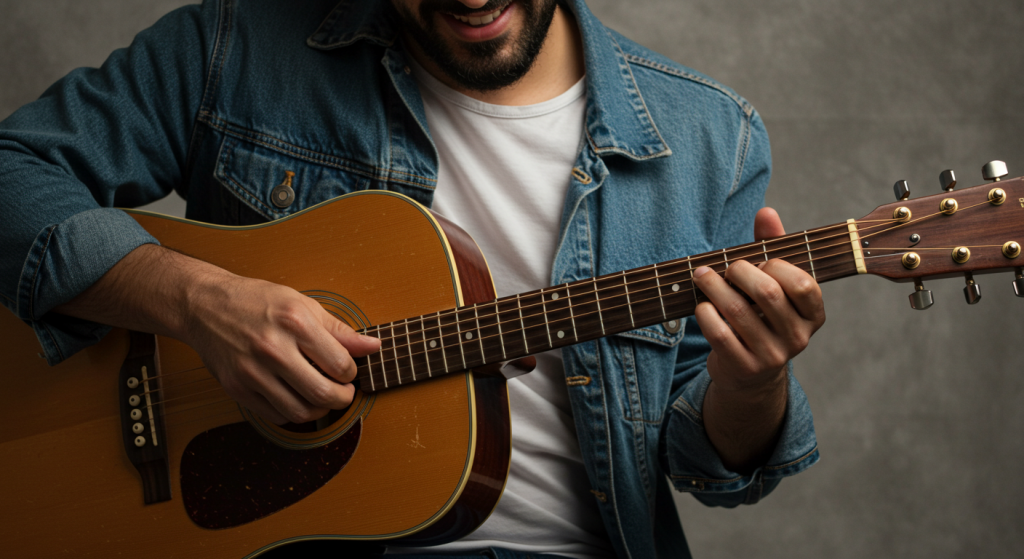
How Do I Know If the Guitar Action Is Good for Beginners?
A low-to-medium action is usually best. If the strings feel hard to press down at the lower frets, the action could be too high. You can measure it with a simple ruler at the 12th fret. A typical beginner-friendly action height is around 2.0 mm to 2.5 mm on the high E string and 2.5 mm to 3.0 mm on the low E string.
Do I Need Any Special Accessories as a Beginner?
At a minimum, you’ll need a tuner, pick, and extra strings. A sturdy strap helps if you plan to play standing up. Learning to change your strings is also an invaluable skill.
Is It Worth Buying a More Expensive Guitar Right Away?
This depends on your budget and long-term goals. Cheaper models may suffice for basic practice, but more expensive guitars often offer superior tone and build quality. If you have the means, investing in a better guitar might save you an upgrade later. However, many affordable guitars sound fantastic nowadays, so don’t feel pressure to overspend at the start.
Can I Teach Myself Using Online Resources?
Yes! Thanks to platforms like YouTube and various educational websites, many beginners learn chords, strumming patterns, and even basic music theory without formal lessons. Keep in mind, however, that professional guidance—either in-person or online—can help correct bad habits early on.
Should I Choose a Steel-String or Nylon-String Acoustic?
If your focus is popular music, folk, or rock, steel-string acoustics are typically the go-to. They have a brighter, louder sound. Nylon-string guitars, often used for classical or flamenco, have a warmer tone and softer strings, which some beginners find more comfortable. Your style preference should guide your choice.
Conclusion
Choosing the best acoustic guitars for beginners can be a game-changer for your musical journey. By focusing on factors like guitar size, tonewood, and budget, you’re already setting yourself up for success. Remember to consider comfort and playability above all—if you enjoy the feel of your acoustic guitar, you’ll likely play more often and improve faster.
Whether you opt for a budget-friendly Epiphone or invest in a mid-range Taylor, each model on our list has proven itself as a reliable starting point. Practice consistently, keep your guitar well-maintained, and seek resources that keep you inspired, such as online lessons or local jam sessions. With dedication and the right instrument, you’ll be playing your favorite songs in no time.
Next Step: Set aside a few minutes each day for focused practice. Even 10 minutes can make a world of difference. Here's to a lifetime of strumming and growing with your acoustic guitar!
The responses below are not provided, commissioned, reviewed, approved, or otherwise endorsed by any financial entity or advertiser. It is not the advertiser’s responsibility to ensure all posts and/or questions are answered.




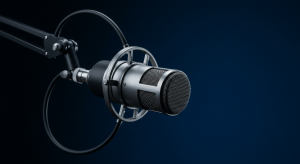
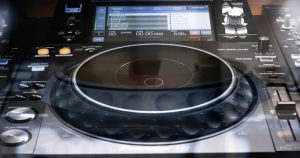
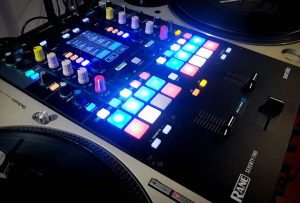
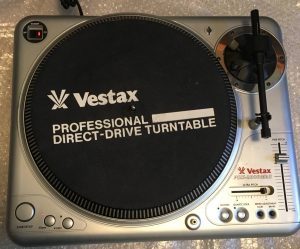
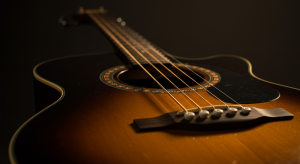

![Top DJ software for Live Performances and Gigs [2024]](/assets/images/e3802ce366623687d91ac7df2186a9ea.png)








